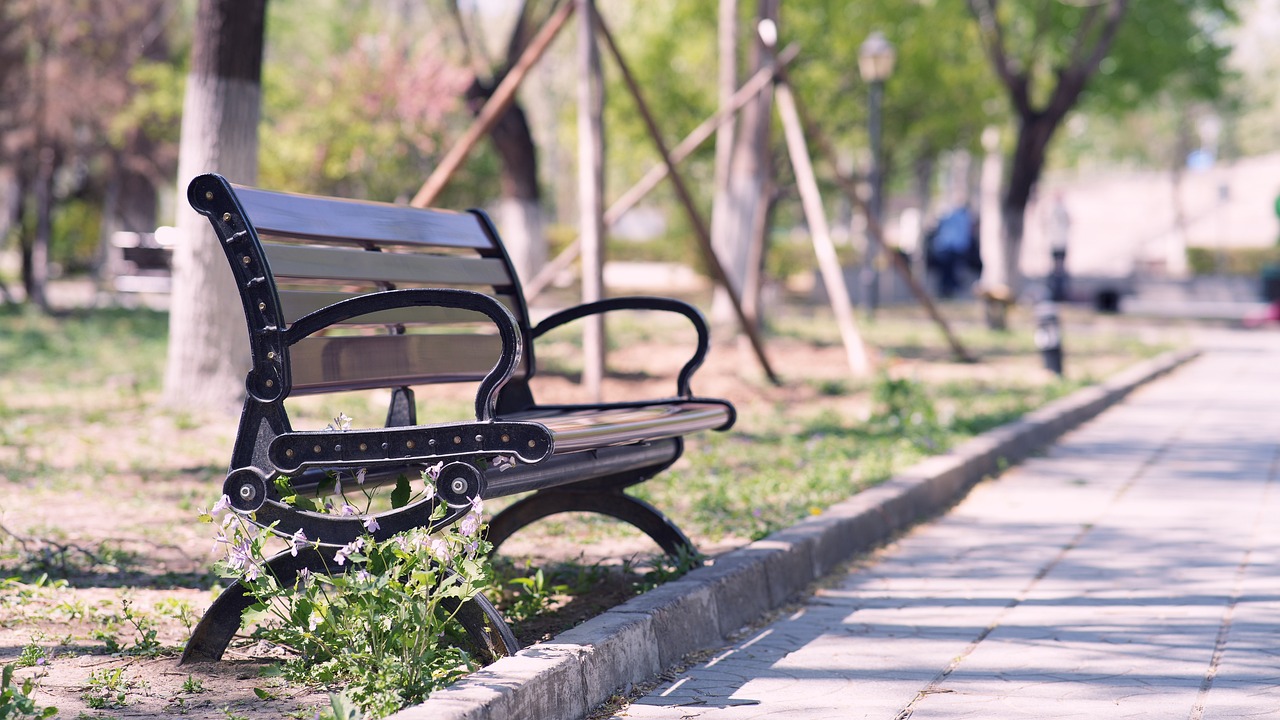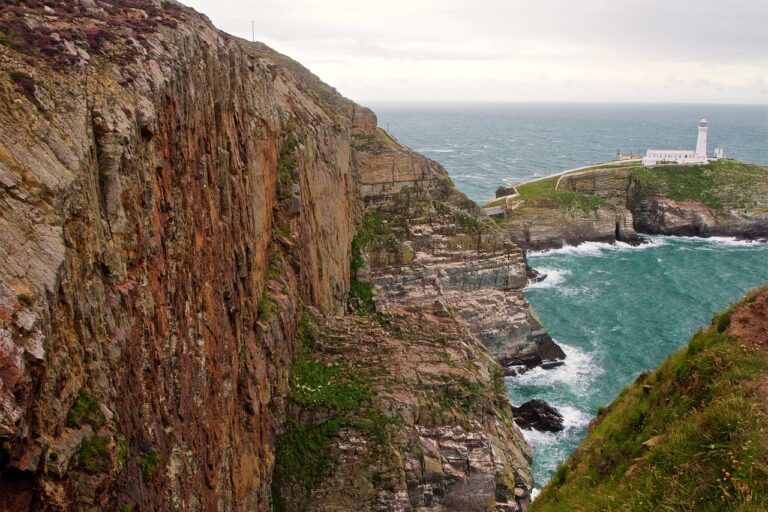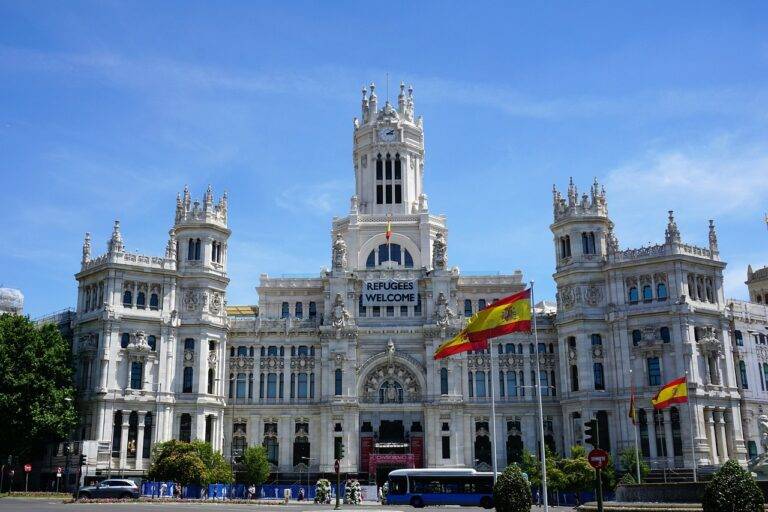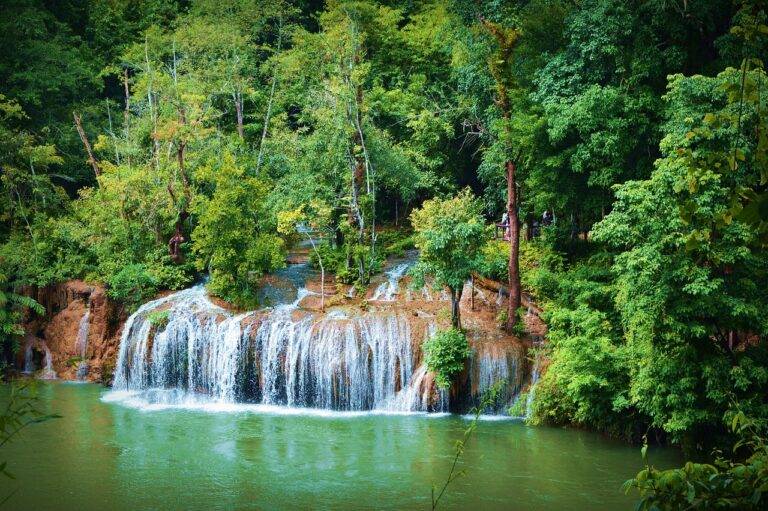The Best Castles to Visit in Europe
When planning a visit to European castles, it is essential to check the opening hours and days of the castle you wish to visit. Many castles have specific schedules, and some may even be closed during certain periods of the year. It would be disappointing to arrive at a castle only to find it closed to the public, so make sure to verify the operating hours in advance.
Another crucial consideration before visiting a European castle is to research the history of the castle. Understanding the background and significance of the castle will enrich your experience as you explore its grounds and interior. Learning about the architecture, former inhabitants, and historical events that took place within the castle walls will provide context and make your visit more meaningful.
Exploring the Rich History of European Castles
When delving into the rich history of European castles, it becomes evident that these structures hold tales of power, architecture, and intrigue. From the formidable walls of the Tower of London to the fairy-tale towers of Neuschwanstein Castle in Germany, each castle offers a glimpse into the past, showcasing the grandeur and splendor of bygone eras.
Medieval castles served as fortresses, homes, and symbols of authority. They were strategically built on hills, cliffs, or near bodies of water to provide protection and control over the surrounding lands. The architectural marvels of these castles, with their imposing towers, intricate masonry, and defensive features, stand as testaments to the craftsmanship and engineering prowess of the time.
What is the best way to learn about the history of European castles?
The best way to learn about the history of European castles is by taking a guided tour or visiting a museum exhibit dedicated to castle history.
Are European castles typically open to the public?
Many European castles are open to the public for tours and visits, but some are still privately owned and may not be accessible to the public.
Can I stay overnight in a European castle?
Some European castles have been converted into hotels or bed-and-breakfasts, allowing guests to stay overnight and experience castle life firsthand.
Why were European castles built in the first place?
European castles were built as defensive structures to protect against enemy invasions and provide a safe haven for royalty and nobility during times of conflict.
Are European castles all the same, or do they vary in design and architecture?
European castles vary greatly in design and architecture, depending on the time period and region in which they were built. Some are sprawling fortresses, while others are more ornate palaces.





